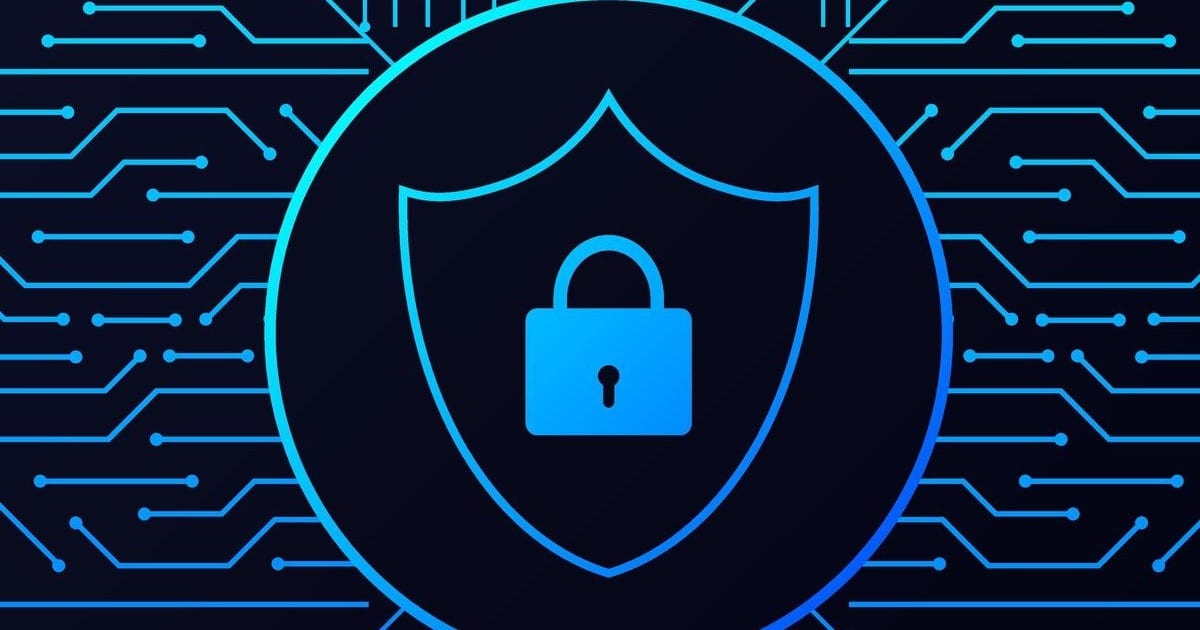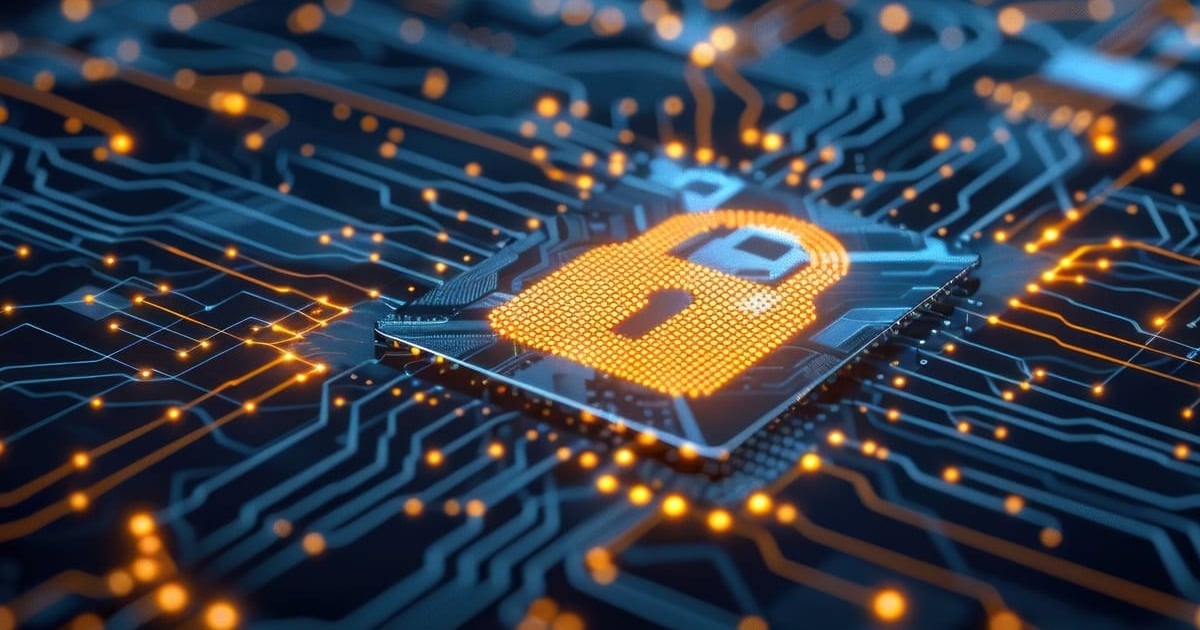Top Features to Look for in Endpoint Detection and Response Software Top Features to Look for in Endpoint Detection and Response Software
by nlqip

In the evolving world of cybersecurity, protecting endpoints such as laptops, desktops, and servers is essential for businesses. Endpoint detection and response (EDR) software is specifically designed to monitor, detect, and respond to threats targeting these endpoints.
However, with so many options on the market, knowing what features to look for in EDR software is crucial. This article highlights the most critical features that will ensure your business’s endpoints remain secure.
What is Endpoint Detection and Response Software?
Before diving into the features, it’s essential to understand what is endpoint detection and response software and how it protects your business.
EDR software provides real-time monitoring, threat detection, and response capabilities for all devices connected to a network. This allows businesses to quickly detect suspicious activities, block threats, and respond to incidents, minimizing potential harm.
EDR software typically includes features such as behavioral analysis, threat intelligence, and automated responses, creating a comprehensive solution for endpoint security.
Unlike traditional antivirus programs, which primarily focus on identifying known malware, EDR software is equipped to handle both known and emerging threats by analyzing unusual patterns and responding to threats in real time.
Key Features to Look for in Endpoint Detection and Response Software
When selecting the right EDR software for your business, it’s essential to evaluate the features each solution offers. Here are some of the top features to consider:
1. Real-Time Threat Detection
Real-time threat detection is a must-have in EDR solutions. This feature allows the software to continuously monitor endpoints for signs of malicious activity. By identifying threats as they happen, EDR software can prevent attackers from establishing a foothold in your network.
Real-time detection relies on both signature-based and behavioral analysis to recognize known malware as well as novel attack patterns. This proactive approach minimizes the time it takes to detect and respond to threats, reducing the potential damage to your systems.
2. Automated Incident Response
An effective EDR solution should not only detect threats but also provide automated response options. Automated responses can range from isolating infected devices to terminating suspicious processes and alerting the IT team. This feature is precious for small or understaffed IT teams that need to respond quickly to incidents without manual intervention.
Automated response capabilities reduce the need for constant monitoring, allowing EDR software to take immediate action, which prevents a threat from spreading or escalating. This makes it a key feature for any business aiming to streamline its cybersecurity efforts.
3. Behavioral Analysis
Behavioral analysis enables EDR software to detect unusual patterns of activity that may indicate a threat, even if the specific malware type is unknown.
This feature establishes a baseline of normal user behavior and then monitors for deviations from that pattern. For instance, if an employee’s device suddenly begins sending out large amounts of data at odd hours, the EDR software will flag this as suspicious behavior.
Behavioral analysis is instrumental in spotting advanced threats, like zero-day attacks or fileless malware, which may not have a detectable signature. This capability helps businesses catch subtle attacks that could otherwise go unnoticed.
4. Threat Intelligence Integration
EDR solutions that include threat intelligence can access global threat data, allowing them to identify emerging threats and vulnerabilities faster. Threat intelligence integration means the EDR software has up-to-date information on the latest attack vectors, malware types, and hacker techniques.
With threat intelligence, businesses benefit from a more proactive approach to cybersecurity, as the EDR software can preemptively detect threats based on external data. This feature is particularly useful for staying ahead of constantly evolving threats.
5. Forensic Capabilities
Forensic tools allow IT teams to investigate security incidents in-depth, which is helpful for understanding the scope of an attack and improving future defenses. EDR software with forensic capabilities enables teams to analyze incident data, such as file paths, timestamps, and network connections.
These capabilities make it easier to track how an attack occurred, identify vulnerable points in the system, and document incidents for compliance or legal reasons. Forensic features can be invaluable for businesses needing a thorough understanding of each security event.
6. Endpoint Isolation
If an endpoint is compromised, it’s crucial to contain the threat quickly. EDR software with endpoint isolation capabilities allows IT teams to quarantine affected devices, preventing the malware from spreading to other network parts.
Endpoint isolation is crucial for businesses aiming to control potential breaches without disrupting operations on unaffected devices. This feature enables rapid response and keeps threats confined while IT teams work on a resolution.
7. Scalability
A good EDR solution should be able to grow with your business. Scalability is essential for companies planning to expand their endpoint protection by adding new devices and employees. Scalable EDR solutions can accommodate increased data loads and additional endpoints without sacrificing performance or security.
This feature is particularly beneficial for growing businesses, as it ensures their security strategy can adapt to future needs without requiring a complete overhaul.
8. User-Friendly Dashboard
An EDR solution must be manageable for it to be effective. Look for EDR software that offers a user-friendly dashboard that simplifies configuration, monitoring, and reporting. The dashboard should present threat alerts, incident status, and endpoint activity in an accessible format.
A user-friendly interface minimizes the learning curve for IT teams, allowing them to manage the software efficiently. It also ensures that incidents are not overlooked and that IT staff can respond to threats swiftly.
9. Multi-Platform Support
Businesses today operate in diverse environments with different operating systems and device types. An effective EDR solution should offer multi-platform support, protecting Windows, macOS, Linux, and mobile devices.
Multi-platform support allows IT teams to manage security across various device types from a single platform, simplifying oversight and ensuring consistent protection.
10. Comprehensive Reporting and Compliance Support
For many businesses, meeting industry regulations is a requirement, not an option. Look for EDR software that offers robust reporting features and compliance support, enabling your business to generate reports for audits or regulatory requirements easily.
Comprehensive reporting helps businesses track incidents, identify patterns, and create data logs for compliance purposes. Having these capabilities within your EDR software can save time and reduce the complexity of maintaining compliance with industry standards.
Benefits of Investing in the Right Endpoint Detection and Response Software
With these features in mind, let’s explore how choosing the correct endpoint detection and response software can benefit your organization:
- Enhanced Security: EDR software provides a layer of security that detects and responds to threats, ensuring endpoints are consistently monitored and protected.
- Reduced Response Time: Automated response capabilities allow businesses to address threats instantly, reducing the damage and downtime caused by incidents.
- Cost Savings: Preventing data breaches or malware infections helps businesses avoid the high costs associated with recovering from a cyberattack.
- Streamlined Compliance: EDR solutions that offer compliance support simplify regulatory requirements, helping businesses avoid penalties.
- Improved Productivity: With security tasks automated and centralized, IT teams can focus on other priorities, knowing the endpoints are protected.
Conclusion
Choosing the suitable endpoint detection and response software is crucial for businesses that want to protect their data, devices, and employees from cyber threats. Understanding what endpoint detection and response software is and which features to prioritize can significantly affect your security strategy.
By focusing on features like real-time detection, automated response, behavioral analysis, threat intelligence, and scalability, businesses can find an EDR solution that meets their unique needs. Investing in robust EDR software ultimately leads to better security, streamlined operations, and long-term peace of mind.
Source link
lol
In the evolving world of cybersecurity, protecting endpoints such as laptops, desktops, and servers is essential for businesses. Endpoint detection and response (EDR) software is specifically designed to monitor, detect, and respond to threats targeting these endpoints. However, with so many options on the market, knowing what features to look for in EDR software is…
Recent Posts
- Tor needs 200 new WebTunnel bridges to fight censorship
- What Is a SOC Report, and Why Does Your Business Need One?
- Affordable and Effective: Best EDR Solutions for Small Business Affordable and Effective: Best EDR Solutions for Small Business
- Top Features to Look for in Endpoint Detection and Response Software Top Features to Look for in Endpoint Detection and Response Software
- What Does EDR Stand For in Threat Management? What Does EDR Stand For in Threat Management?

